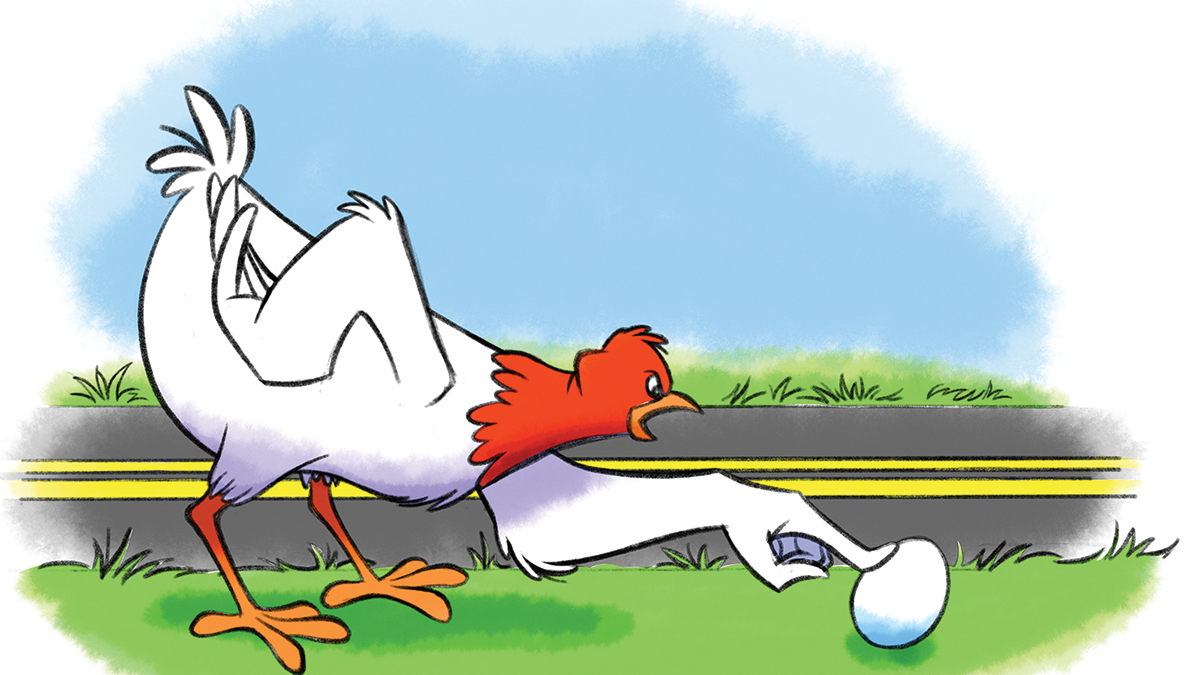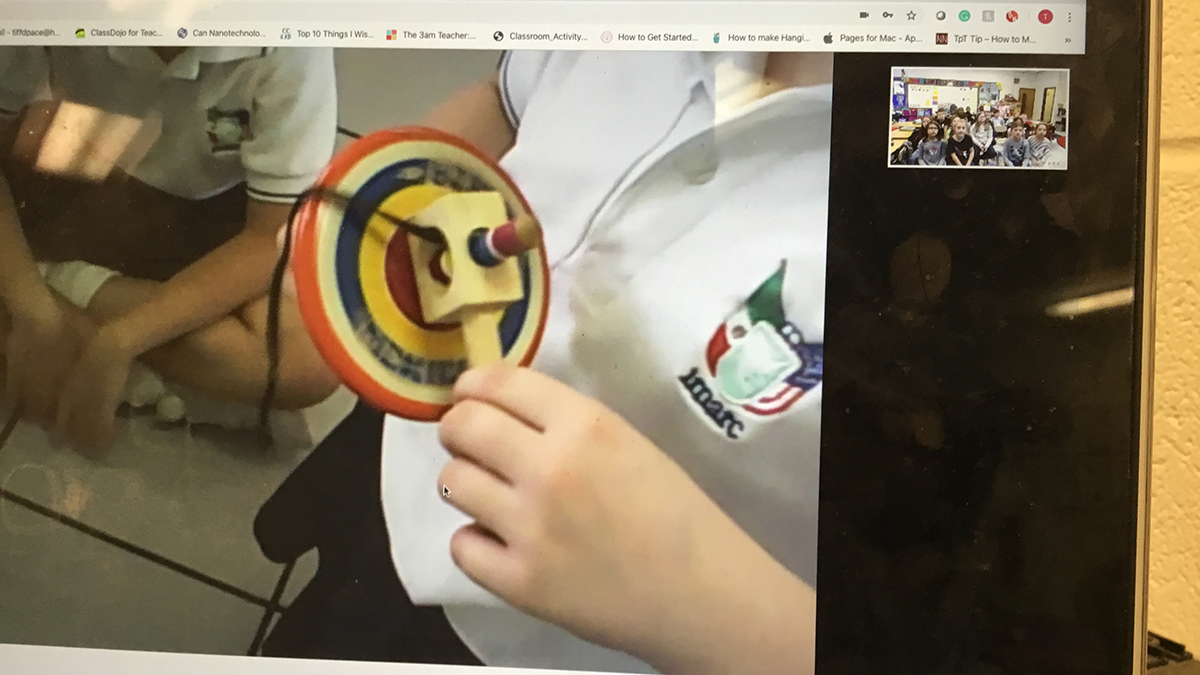Engineering encounters
Turn Up the Music!
Fourth-grade students explore sound with repurposed objects.
Science and Children—July/August 2021 (Volume 58, Issue 6)
By Caitlyn Lindaberry and Catherine Scott
teaching teachers
Influencing Perceptions of STEM Through the Best STEM Books List
Science and Children—July/August 2021 (Volume 58, Issue 6)
By Scott Bartholomew and Alexia Seymour
science 101
Q: Which Came First—the Chicken or the Egg?
feature
Using Toys to Create a Global Connection
A force and motion investigation brings together third-grade students in the United States and Mexico.
feature
Where in the World?
A Mars Rover globally collaborative STEAM project
Science and Children—July/August 2021 (Volume 58, Issue 6)
By Shazia Iqbal, Jocelyn Miller, and Walter Smith
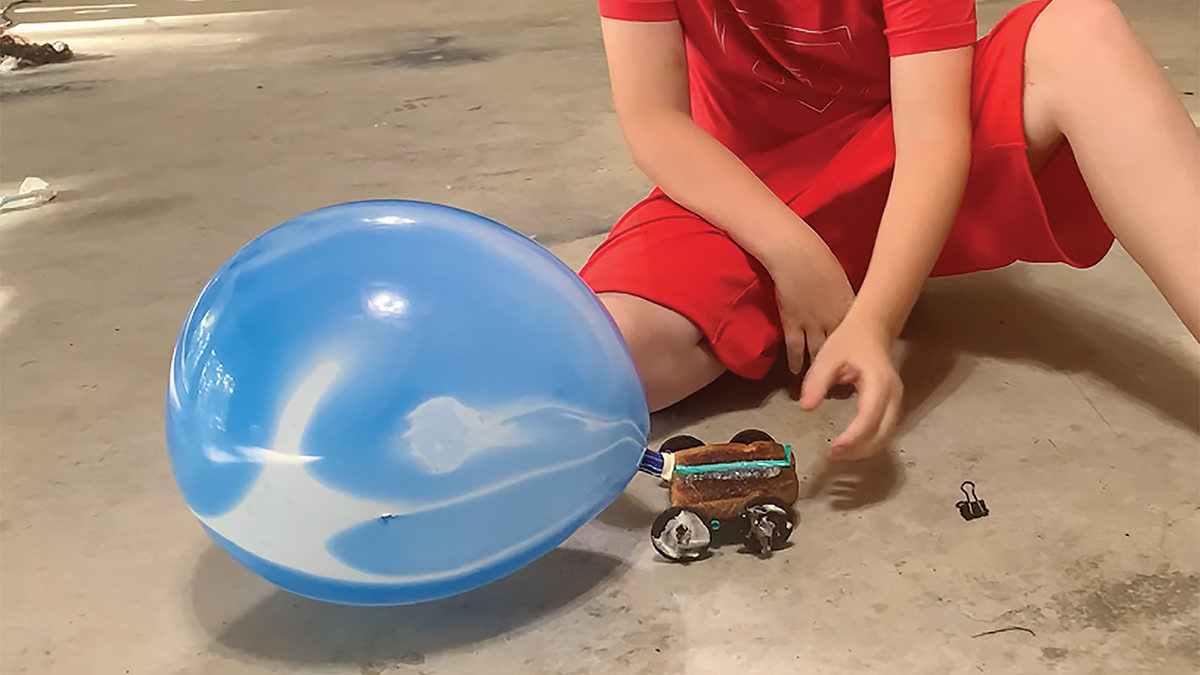
feature
An Engineering Funds of Knowledge Framework
An approach to support teachers in leveraging students’ personal knowledge, cultural expertise, and assets in engineering
Science and Children—July/August 2021 (Volume 58, Issue 6)
By Kathleen Schenkel, Angela Calabrese Barton, Chelsey Wiersma, Olivia Eiden, Edna Tan and Scott Calabrese Barton
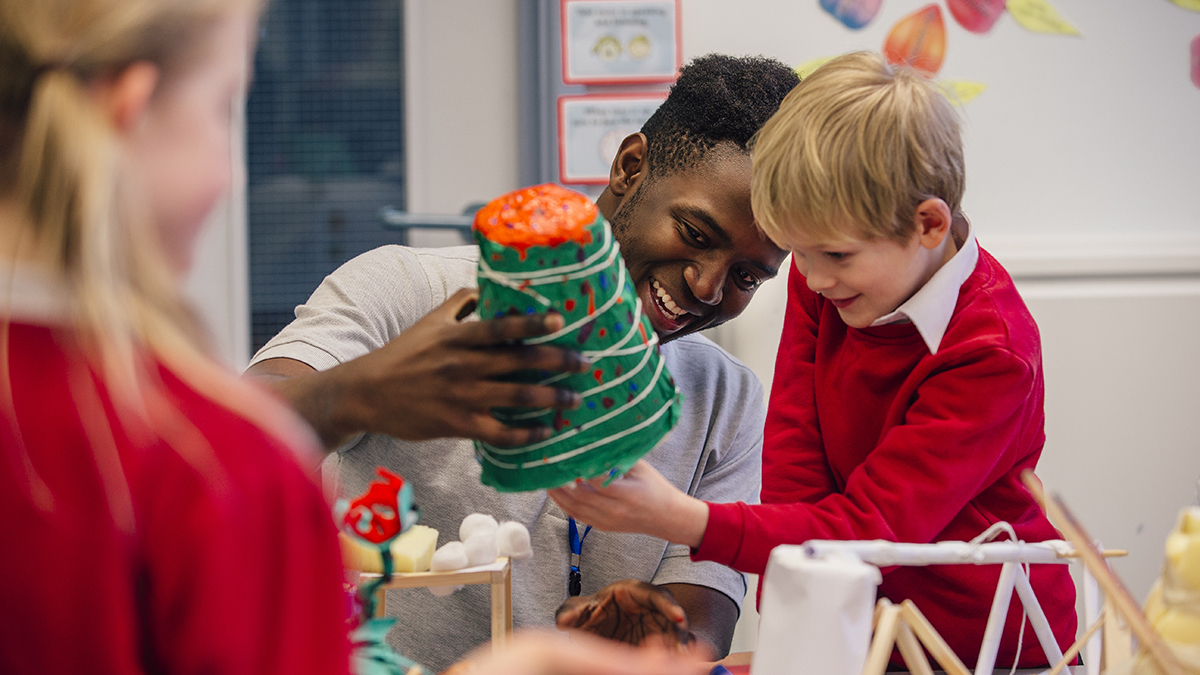
feature
How Slow Is Your Parachute?
Reflections on a STEM activity from an Irish classroom
Science and Children—July/August 2021 (Volume 58, Issue 6)
By Aisling Leavy, Mairéad Hourigan, Anne O’Dwyer, Claire Carroll, Edward Corry, and Miriam Hamilton
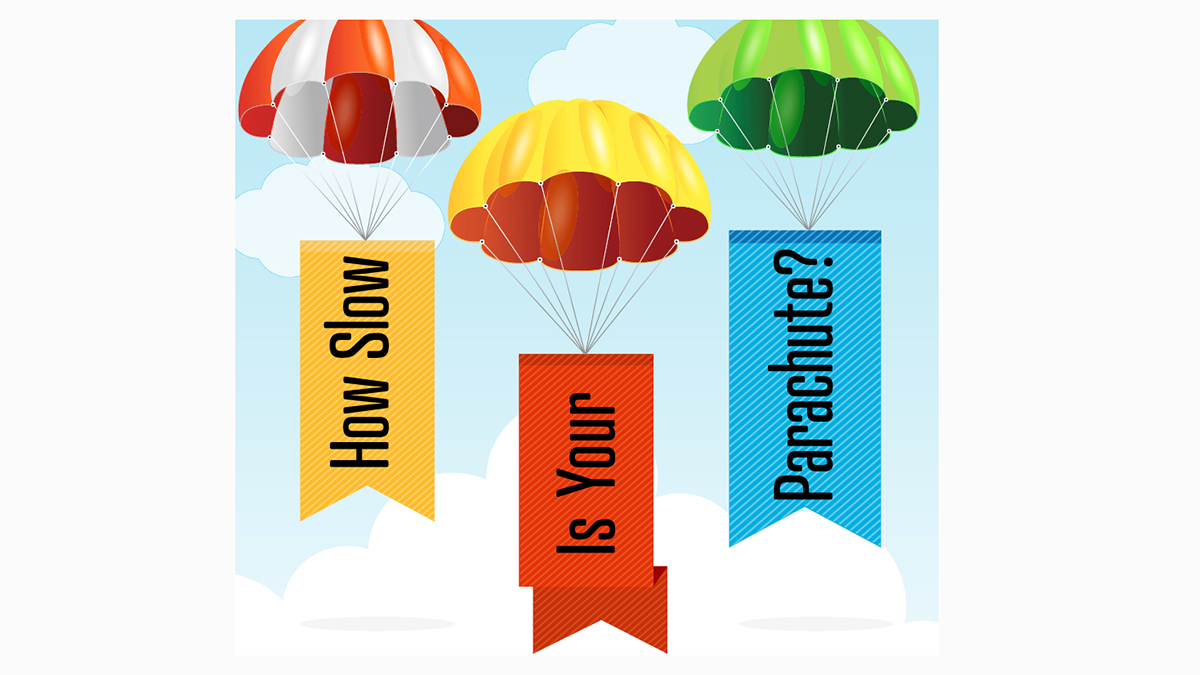
Freebies for Science Teachers, July 6, 2021
By Debra Shapiro

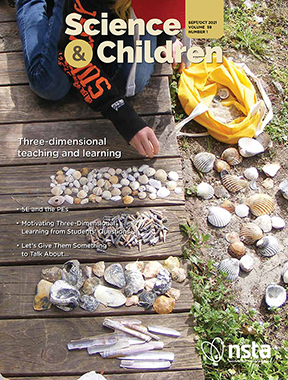
Volume 59, Number 1
September/October 2021
In this issue of Science and Children, we focus on how teachers plan for and implement three-dimensional lessons for a wide variety of topics for all grades.

Volume 59, Number 1
September/October 2021
In this issue of Science and Children, we focus on how teachers plan for and implement three-dimensional lessons for a wide variety of topics for all grades.

Volume 59, Number 1
September/October 2021
In this issue of Science and Children, we focus on how teachers plan for and implement three-dimensional lessons for a wide variety of topics for all grades.
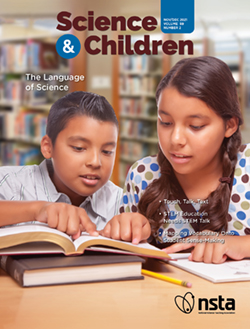
Volume 59, Number 2
In this issue of Science and Children, we explore ways to support science learning and language acquisition for all students. Whether through questioning, assistive technology, scientific modeling, or guided exploration, we will see that students benefit the most when we liven up the talk in the classroom.

Volume 59, Number 2
In this issue of Science and Children, we explore ways to support science learning and language acquisition for all students. Whether through questioning, assistive technology, scientific modeling, or guided exploration, we will see that students benefit the most when we liven up the talk in the classroom.




